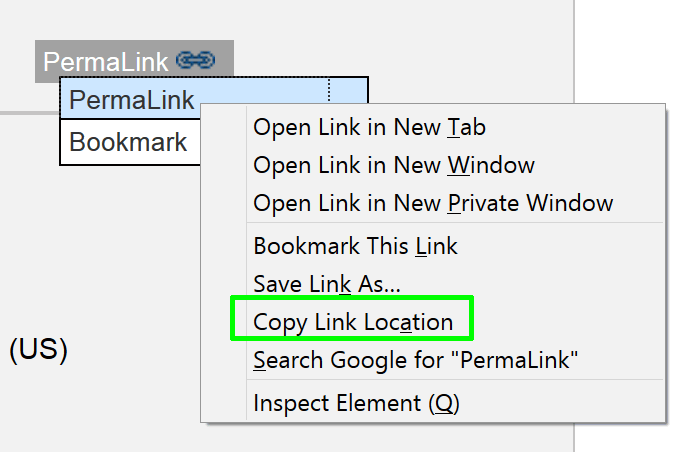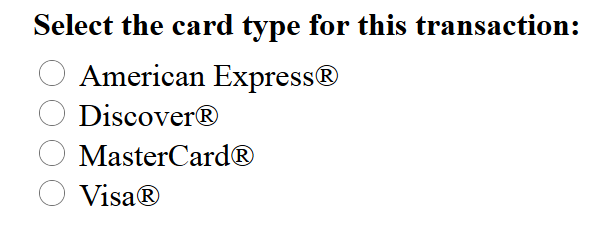We are all accustomed to “large entity” and “small entity” USPTO fees. A small entity gets to pay half price for most USPTO fees, as compared with what a large entity would have to pay.
Micro entity status has been available since the AIA happened in about 2012. A micro entity gets to pay half price for most USPTO fees, as compared with what a small entity would have to pay. That amounts to one-fourth of what a large entity would have to pay.
In the three or so years that have passed, our firm has never even once made use of “micro entity” status for a patent applicant in the USPTO. Why? Continue reading “Why we never use “micro entity” status”



